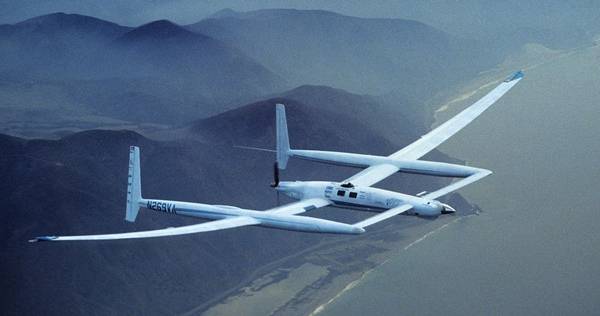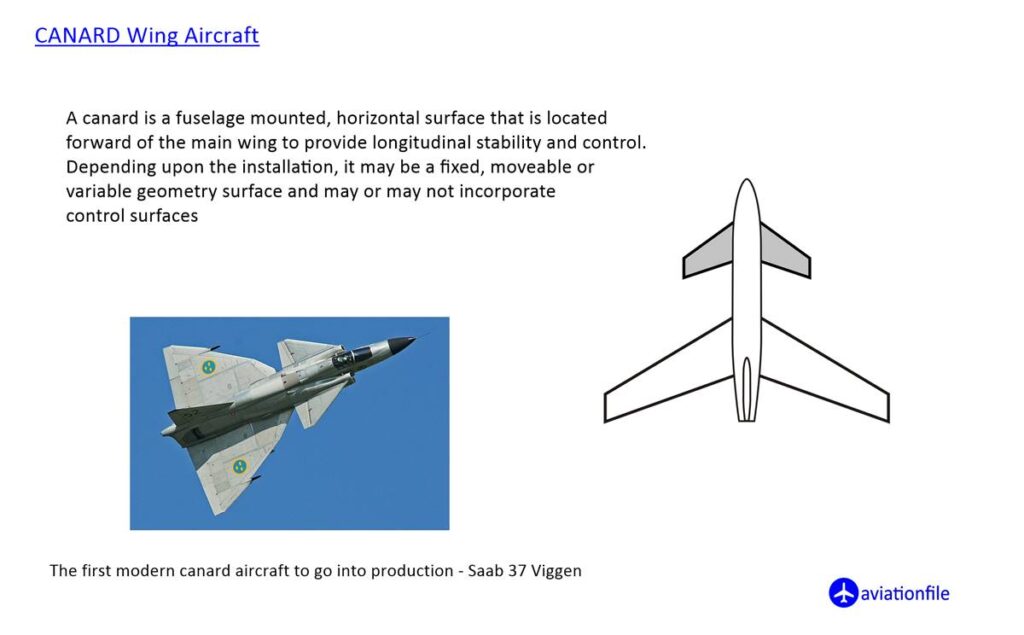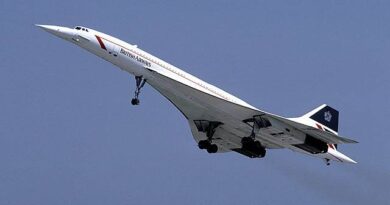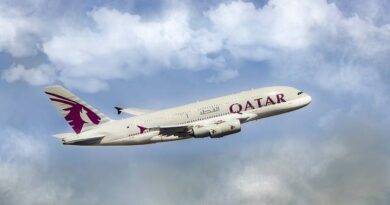Rutan Voyager: A Historic Ultralight Aircraft
The Rutan Voyager is an ultralight aircraft that made history in 1986 by completing the first non-stop, unrefueled circumnavigation of the globe. Designed by Burt Rutan and Jeana Yeager, the Voyager is a testament to human ingenuity and the pursuit of aviation excellence.
Key Features
The canard wing Rutan Voyager is a remarkable aircraft, boasting several unique features that contributed to its success:
Lightweight construction: Built primarily of carbon fiber and fiberglass, the Voyager weighed a mere 1,200 pounds, making it exceptionally lightweight for an aircraft of its size.
Efficient design: The Voyager’s sleek, aerodynamic design minimized drag, allowing it to travel long distances without refueling.
Powerful engines: Two high-performance reciprocating engines provided the Voyager with the necessary thrust to overcome air resistance and maintain a steady flight path.

Circumnavigational Flight
On December 14, 1986, Dick Rutan and Jeana Yeager embarked on a daring journey to circumnavigate the globe in the Voyager. The flight lasted nine days and nine hours, covering a total distance of 24,972 miles.
Encountering Challenges
During their historic flight, Rutan and Yeager faced numerous challenges, including:
Sleep deprivation: The pilots took turns napping while the other maintained control of the aircraft, but they still faced the effects of sleep deprivation.
Weather: The Voyager encountered various weather conditions, including storms and turbulence, which required careful maneuvering and navigation.
Mechanical issues: The aircraft experienced minor mechanical issues, but Rutan and Yeager were able to make repairs en route.
A Legacy of Innovation
The Rutan Voyager’s successful circumnavigation marked a significant milestone in aviation history, demonstrating the feasibility of long-distance ultralight flight. The aircraft’s design and performance continue to inspire engineers and aviators today.
Dimensions
Wingspan w/ winglets: 33.8 m (110.8 ft)
Wingspan w/out winglets: 33.0 m (108.3 ft)
Canard span: 10.1 m (33.3 ft)
Fuselage length: 7.7 m (25.4 ft)
Height: 3.1 m (10.3 ft)

Impact on Aviation
The Rutan Voyager’s impact on aviation is undeniable. It paved the way for future ultralight aircraft designs and demonstrated the potential for long-range, fuel-efficient flight. The aircraft’s legacy continues to inspire innovation and exploration in the aviation industry.
Conclusion
The Rutan Voyager is a remarkable feat of engineering and a testament to human ingenuity. Its successful circumnavigational flight demonstrated the potential for ultralight aircraft and inspired future generations of aviators. The Voyager’s legacy lives on, reminding us of the power of innovation and the pursuit of dreams.
References:
Image source: https://interestingengineering.com/culture/voyager-traveled-world-without-refueling
Image 2 source: https://seyruseferim.com/rutan-voyager/
- National Air and Space Museum: https://airandspace.si.edu/learn
- Aviation Week & Space Technology: https://aviationweek.com/sites/default/files/2020-05/AWST_200601.pdf
- The New York Times: https://en.wikipedia.org/wiki/Rutan_Voyager
- Popular Mechanics: https://www.pinterest.com/pin/341007003015280390/
- Jane’s All the World’s Aircraft: [Jane’s All the World’s Aircraft, 1988–1989, p. 585]


